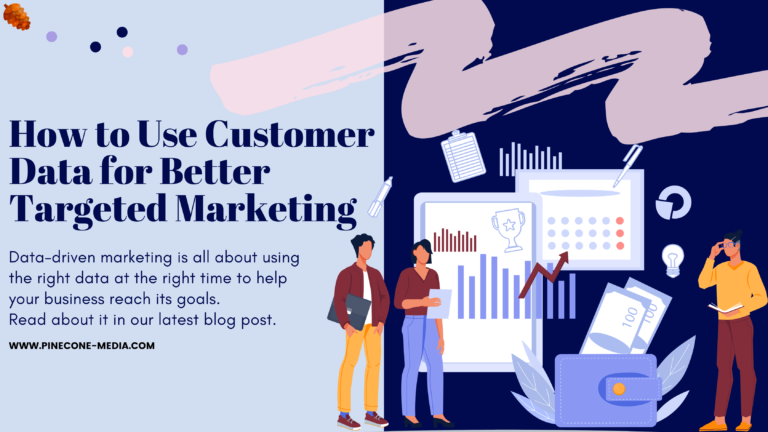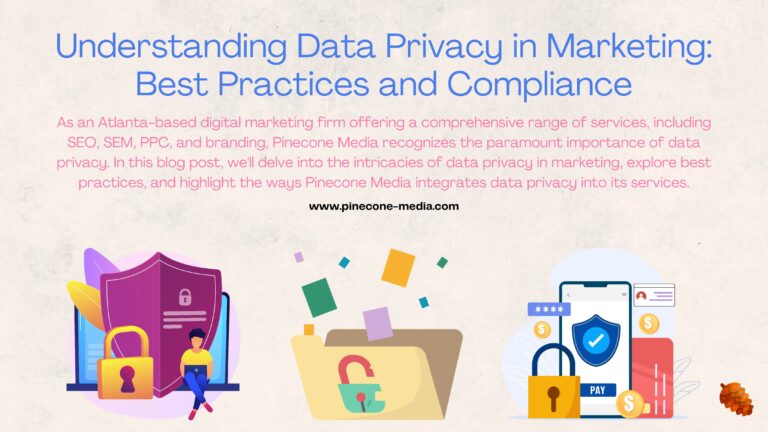Introduction
Demand generation is a strategy that leverages the art and science of marketing to create interest in your product or service. Demand generation is most effective when it’s tied directly to your business goals, so you should start by defining those goals. When you know what you’re trying to achieve, the next step is finding your ideal target market — for example: bloggers, customers who have paid for similar products in the past or industry experts who might be willing to share their opinion about your product.
What Is Demand Generation Marketing?
Demand generation is a marketing strategy that focuses on creating demand for your product or service. It’s not just about driving traffic to your website, but also converting that traffic into leads and customers.
Because it’s a long-term strategy that requires patience and persistence, demand generation relies on a combination of marketing tactics—such as SEO, social media and content marketing—to reach potential buyers at every touchpoint in their buyer journey.
Why Is Demand Generation Important?
- People buy from people they know, like, and trust.
- Be sure to tell your story in a way that is consistent with your brand. If you’re a B2B company, it may be helpful to talk about your mission statement and values in your buyer persona descriptions. If you sell pet supplies online, show how easy it is for customers to order from you by showing them pictures of pets enjoying their products!
- You can also create demand by showing how your products or services can help people achieve their goals—and why those benefits are valuable for them (to show value).
How Do You Create Demand for Your Product?
To create demand for your product, you need to first create a compelling sales story. To do this, you’ll need to understand your buyer personas and create content that resonates with them. You’ll also want to build relationships with potential customers through content marketing.
Once you’ve done that, it’s time to develop your brand identity by aligning all of your marketing efforts around one message that resonates with your target audience. You can use social media channels like Facebook or Instagram as tools for building awareness about the benefits of using your product or service in the marketplace.
Identify Your Goal
First, it’s important to define the problem you are trying to solve. What is your company missing? Who do you want to reach, and what message do you want them to hear? This will help determine how much (or how little) effort goes into generating demand for your product or service. You’ll also need a clear idea of how success will be measured as well as a set goal in mind before moving forward.
Find Your Target Market
Now that you know what demand generation is, how to create it and its benefits, let’s jump into the process.
To start, you must identify your target market—the group of people who will be interested in buying your product or service. It might sound easy enough: just find the customers who want what you’re selling. But this isn’t as simple as it sounds; there are many types of customers and they all have different needs, pain points and desires. You need to take time understanding these different groups before figuring out which ones would benefit most from working with you.
You can begin by considering traits such as age, gender and location (where do they live?). Are there specific groups that generally don’t use your product but could potentially benefit from it? Are there unique opportunities for expansion within an existing customer base? Once these questions are answered, dig deeper into customer profiles based on personality traits like lifestyle choices (what do they like to eat?), hobbies (are they athletic) or political leanings (do they belong anywhere).
Optimize Your Content Creation Process
Optimize Your Content Creation Process
You’ll want to create a content strategy that will set the framework for all of your content creation. This strategy should include:
- What type of content you’ll be creating, both long-form and short-form
- How often you’ll create this type of content (ex: weekly)
- How many pieces will be in each piece of content (ex: 10)
- Who is responsible for creating this type of content (ex: marketing team)
The next step is distributing your newly created and optimized pieces across multiple channels. Without distribution, even if you have great messaging, people won’t see it! To distribute your optimized pieces, consider these tips:
Create an editorial calendar for yourself or team members so everyone knows what’s on deck for when. Create a checklist template so everything gets done at once instead of last minute scrambling around trying to figure out who did what or where something went wrong because someone forgot to do something important like send out an email blast announcing the new blog post they wrote about using demand generation techniques in B2B companies today’s climate with great success stories from real life customers just like yours now!
Build Relationships With Partners and Influencers
The key to building relationships with partners and influencers is to find people who are already successful in your industry, ask them for help, offer value in return, and then don’t be a pest.
- Asking someone to share your content or review your product is a great way to start a relationship with them. You’re showing them that they’re important enough for you to reach out personally and as long as they’re not being asked too often (say every week), most people will appreciate the gesture.
- Asking someone if they’d like to be interviewed is another way you can build relationships with potential partners. Not only will it show them how much you value their opinion (since nobody wants an interview) but it also gives both parties something unique: the person being interviewed gets exposure while the creator of content gets more insight into what makes their target audience tick; this knowledge should come in handy when planning future campaigns!
- If there’s someone whose platform would benefit from having one of your guests on theirs (e.g., an expert in customer service could provide insight about best practices), try asking if there’s any chance he/she would consider interviewing one of yours instead? This approach works especially well when asking about podcasts since many hosts prefer interviewing other experts rather than just talking about themselves all day long!
Use a Combination of Paid and Earned Media to Grow Your Traffic
Paid media is a great way to get in front of a large audience, but earned media is an excellent method for building trust.
If you want to grow your website traffic and convert potential leads into customers, consider using both paid and earned media to increase the number of people who see your content.
Track, Measure and Refine Everything You Do to Improve Results
Too often, companies have an “it’s-good-enough-for-now” attitude when it comes to tracking, measuring and refining their demand generation efforts. This is a big mistake — it can cost you valuable insights into what (if anything) worked well and what didn’t work at all.
If you’re not careful about tracking this data, you’ll never know how many people clicked on your ads or how many leads came in as a result of your campaigns. You won’t know if someone downloaded a whitepaper or visited a landing page but didn’t convert into a lead (and why). You won’t be able to see which content performed best in terms of social shares or time spent reading an article online. Without these metrics, it’s impossible to make improvements in your demand generation activities — and as we’ve already discussed: failing to improve will mean losing out on more revenue than simply investing in better technology for finding new customers!
It All Comes Down To Value
The most important thing you can do is to bring real value to your customers.
The only way that you’re going to make money is if you help your customers solve a problem or meet a need in their lives.
It’s all about making sure that you’re creating demand for something that actually delivers value and saves them time, money, or makes their life better in some way.
You have to be able to identify what kind of value you’re providing and then how much of it there will be before attempting anything else in the Demand Generation process.
The only way to create lasting demand is to provide real, long-term value.
To create lasting demand, you must provide real, long-term value. The best way to do that is to create a culture of customer service. By providing ongoing support and being transparent and honest with your customers, they will be more likely to buy from you again in the future.
You can also build demand by creating a great product or service that meets their needs—and then selling it! If your target audience is having trouble finding the products or services they need, then offer them something better than what’s currently available on the market.
Conclusion
In the end, it all comes down to value. Demand generation has become so complex that it’s easy for marketers to lose sight of what matters most—their customers and their products. But if you can keep this in mind as you work, you’ll be able to create demand that lasts.





